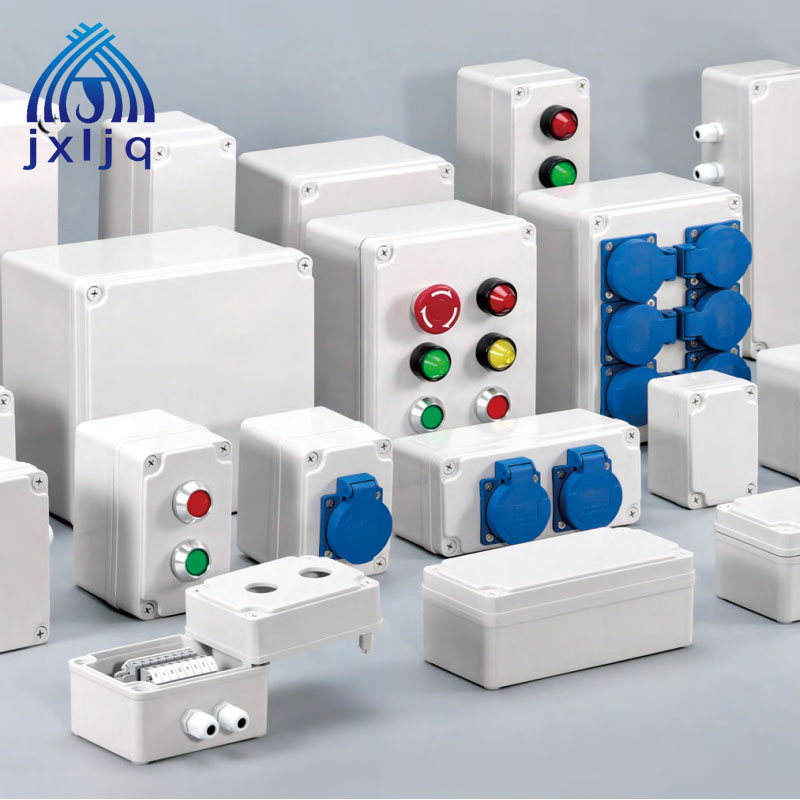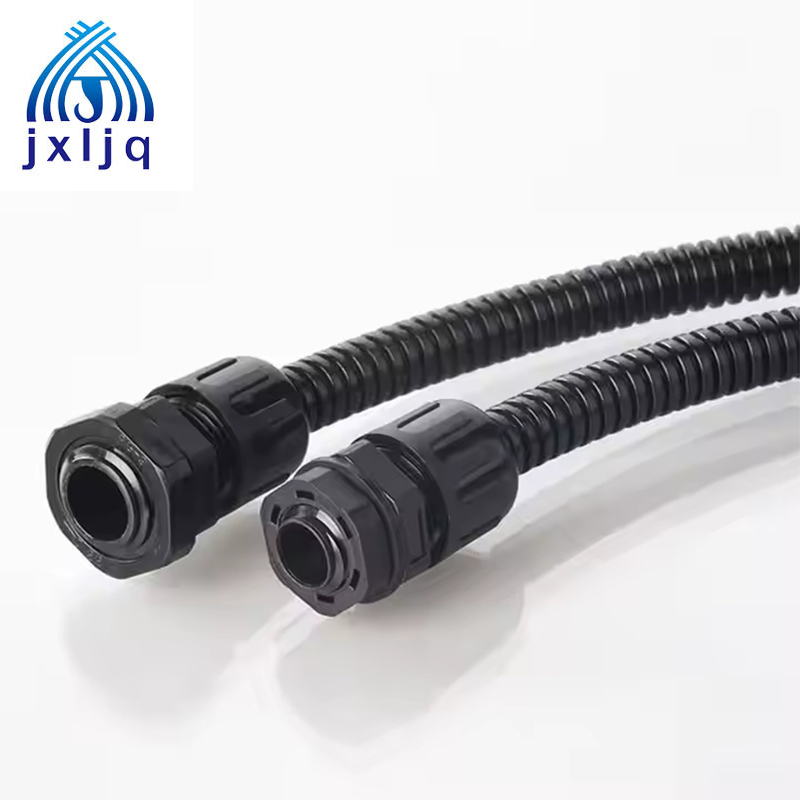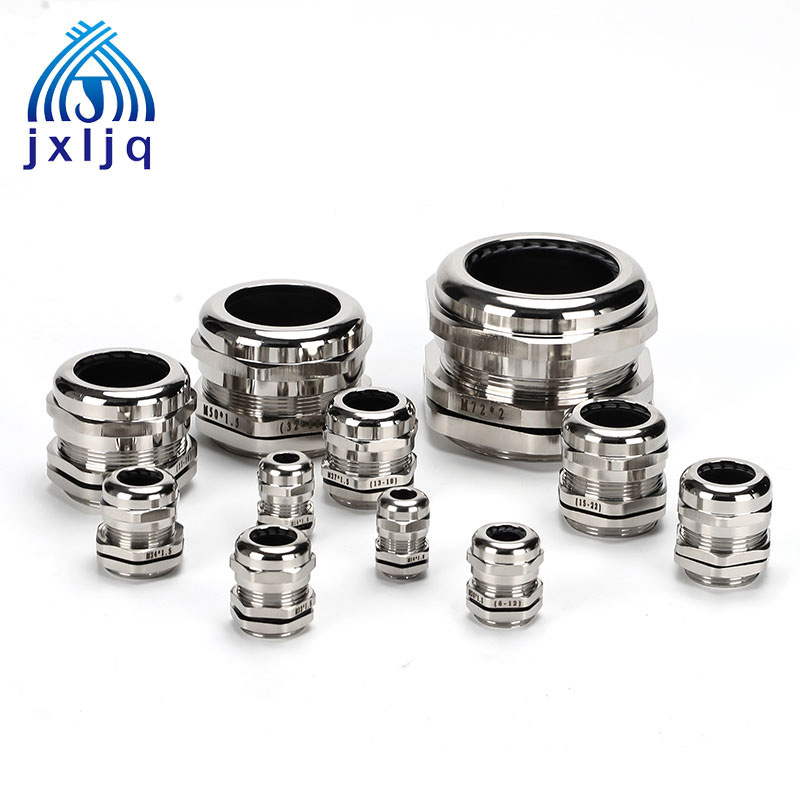What Are the Different Types of Solar Connectors?
Solar panel connectors are critical components in solar energy systems, yet they are often overlooked. To help you fully understand these essential parts, we’ve compiled a comprehensive guide addressing key questions about solar panel connectors.
What Is a Solar Panel Connector?
A solar connector is a specialized electrical component designed to establish a secure, efficient, and weather-resistant connection between solar panels, inverters, charge controllers, and other parts of a solar energy system. It acts as a "bridge" for the direct current (DC) electricity generated by solar panels, ensuring the power flows safely from the panels to the devices that convert or store it.
Typically, solar panel connectors consist of two main parts: a male plug and a female socket. These parts are engineered with materials like high-grade plastic (e.g., PPO or PA66) for insulation and corrosion-resistant metals (e.g., copper or tin-plated copper) for conducting electricity. Most connectors also feature a locking mechanism (such as a snap-on or twist-lock design) and a sealing ring to prevent water, dust, or debris from entering—critical for withstanding outdoor conditions.
Why Are Connectors Important For Solar Panels?
Connectors play a non-negotiable role in the performance, safety, and longevity of solar energy systems. Here’s why they matter:
1. Ensure Safe Electricity Flow: Solar panels generate high-voltage DC electricity, and poor connections can lead to arcing (sparks), overheating, or even fires. Quality connectors have low electrical resistance and secure locking systems to eliminate loose connections and reduce fire risks.
2. Maintain System Efficiency: Even small resistances in connectors can cause power loss (known as "voltage drop"). High-performance connectors minimize resistance, ensuring that most of the electricity generated by panels reaches the inverter or battery—maximizing the system’s energy output.
3. Withstand Harsh Outdoor Environments: Solar panels are installed outdoors, exposed to rain, snow, extreme temperatures (-40°C to 85°C for most models), and UV radiation. Connectors with IP (Ingress Protection) ratings (e.g., IP67 or IP68) are dust-tight and water-resistant, preventing damage from moisture and extending the system’s lifespan.
4. Enable Easy Installation and Maintenance: Standardized connectors allow installers to quickly assemble or disassemble the system. They also simplify inspections, as technicians can easily check connections without complex tools.
What Types of Connectors Are Used For Solar Panels?
Several connector types dominate the solar industry, each designed for specific applications and system requirements. The most common ones include:
1. MC4 Connectors: The global standard for residential and commercial solar systems, MC4 (Multi-Contact 4) connectors were developed by Stäubli (formerly Multi-Contact). They feature a snap-lock design, IP67/IP68 protection, and compatibility with 2.5mm² to 6mm² solar cables. MC4 connectors are easy to install, widely available, and work with most solar panels and inverters.
2. Tigo TS4 Connectors: Tigo TS4 connectors are smart, modular connectors designed for solar systems with power optimizers. Unlike traditional connectors, they integrate monitoring and optimization functions—allowing users to track the performance of individual panels and mitigate issues like shading. They are compatible with MC4 cables and ideal for large-scale commercial arrays or systems in shaded areas.
3. MC3 Connectors: An older predecessor to MC4, MC3 connectors are less common today but still found in some legacy systems. They have a simpler design (without a locking mechanism) and lower IP ratings, making them less durable for long-term outdoor use.
What Are the Differences Between Connector Types?
To choose the right connector, it’s essential to understand their key differences:
1. Compatibility: MC4 connectors are the most universal—nearly all modern solar panels, inverters, and cables use MC4 ports. MC3 and Tigo TS4, by contrast, have limited compatibility (TS4 works only with Tigo optimizers, for example).
2. Current and Voltage Ratings: Utility-scale connectors like Tyco Solarlok handle higher currents (up to 60A) and voltages (up to 1000V DC), while residential-focused MC4 connectors typically support 30-40A and 1000V DC. AMP Superseal is designed for lower currents (up to 20A), making it suitable for small systems.
3. Weather Resistance: MC4, Tigo TS4, and Tyco Solarlok have IP67 or IP68 ratings, meaning they can withstand prolonged exposure to water and dust. MC3 connectors have lower IP ratings (e.g., IP65) and are prone to moisture damage over time.
4. Installation Complexity: MC4 connectors are "tool-free"—installers can connect them by hand with a simple snap. Tyco Solarlok requires a special crimping tool for installation, which adds time but ensures a tighter seal. Tigo TS4 needs additional setup to connect to monitoring software.
5. Additional Features: Tigo TS4 stands out with built-in smart features (e.g., panel-level monitoring, voltage optimization), while traditional connectors like MC4 and MC3 only handle power transmission.
How To Connect Solar Connector Wires
Connecting solar connector wires requires careful attention to safety and detail. Follow these steps for a secure installation:
1. Prepare Safety Equipment: Wear insulated gloves, safety glasses, and closed-toe shoes. Turn off the solar inverter and disconnect the system from the grid to avoid electric shock.
2. Gather Tools: You’ll need wire strippers, a crimping tool (for connectors like Tyco Solarlok), a multimeter (to test connections), and a cleaning cloth (to wipe dust from cables).
3. Strip the Cable Insulation: Use wire strippers to remove 1cm (0.4 inches) of insulation from the end of the solar cable. Be careful not to damage the copper conductors inside—exposed wires can cause short circuits.
4. Crimp the Connector Pin: For connectors with removable pins (e.g., MC4, Tyco Solarlok), insert the exposed copper conductor into the pin. Use a crimping tool to squeeze the pin tightly onto the wire—ensure the connection is firm (no loose strands).
5. Assemble the Connector: Insert the crimped pin into the male or female connector housing. For MC4 connectors, push until you hear a "click" (indicating the pin is locked in place). For twist-lock connectors like Solarlok, screw the housing closed to secure the pin.
6. Connect Male and Female Plugs: Align the male plug with the female socket (match the polarity—positive to positive, negative to negative). For MC4, push the plugs together and lock them with the built-in lever. For Solarlok, twist the plugs until they lock.
7. Test the Connection: Use a multimeter to check for continuity (no breaks in the circuit) and ensure there’s no voltage drop. If the multimeter shows a reading close to the panel’s rated voltage, the connection is successful.
8. Secure the Cables: Use cable ties or clips to fasten the connected cables to the solar racking. This prevents the connectors from being pulled or damaged by wind or wildlife.
Conclusion
Solar panel connectors may be small, but they are the backbone of a reliable solar energy system. From the universal MC4 to the smart Tigo TS4 and heavy-duty Tyco Solarlok, each connector type serves a unique purpose—whether for residential, commercial, or utility-scale projects. By understanding their definitions, importance, differences, and installation steps, you can choose the right connectors to maximize your system’s efficiency, safety, and lifespan.








